Both executive directors and a non-executive director are required to lead the board meeting. The executive director is responsible for the management of the organization and oversees the day-to-day operation, while the non-executive directors bring vast amount of knowledge to the table. In meetings, they look over reports and documents, offer information on management issues and coordinate a work of the board meeting strategic initiatives, and make decisions on issues that impact the organization’s long term success.
Before the meeting begins It is crucial to ensure that all necessary materials were received and that all logistics are in order. It’s also an excellent idea to read the agenda over and make any final changes on the agenda to ensure that everything is covered in a concise and well-organized way.
The meeting begins with a statement from the presiding officer, or the chair of the board. The treasurer is then able to provide an extensive report on current financial issues. The treasurer should have provided the report in advance, giving board members a chance to go through it and plan questions.
Once the treasurer’s reports are completed, any members may make motions regarding new business items. If they are seconded, the vote is taken, and those in favor vote ‘yes’, whereas those who oppose say ‘no’..
This is the perfect time to resolve any issues that remain unresolved or pending from previous board meetings. Depending on the issue, a vote of the voice or show of hands could be used to resolve the issue. The presiding officer or board chair, concludes the meeting by providing an overview of the most important decisions and actions agreed on. This assures that everyone understands the responsibilities they have to fulfill.
